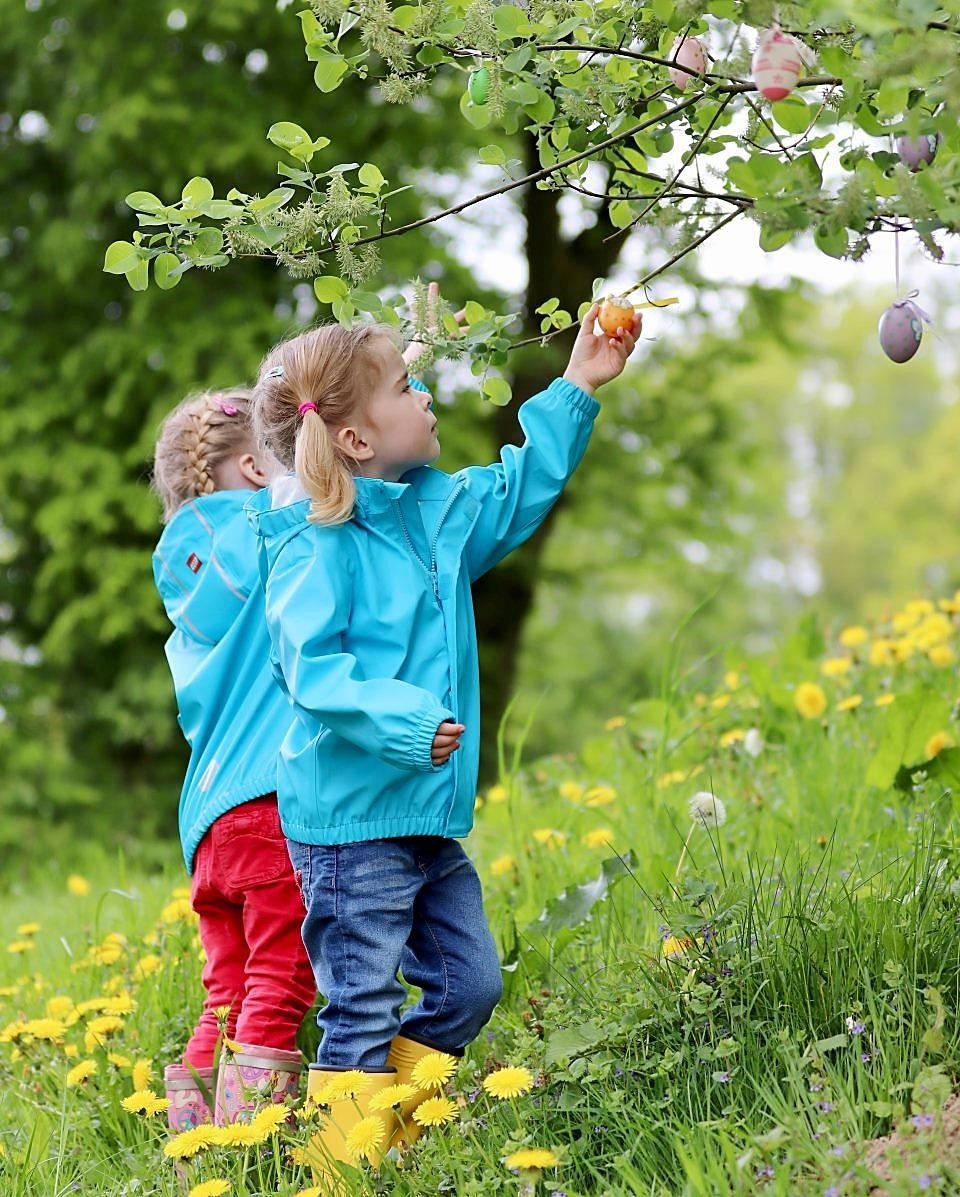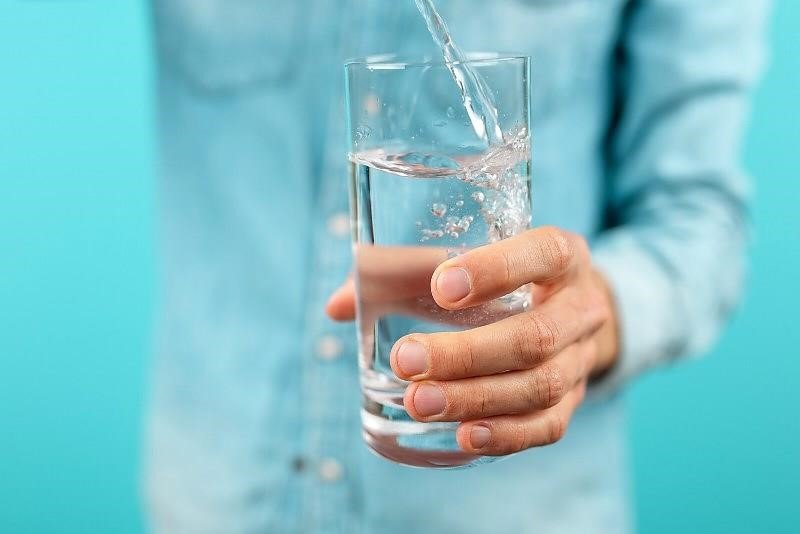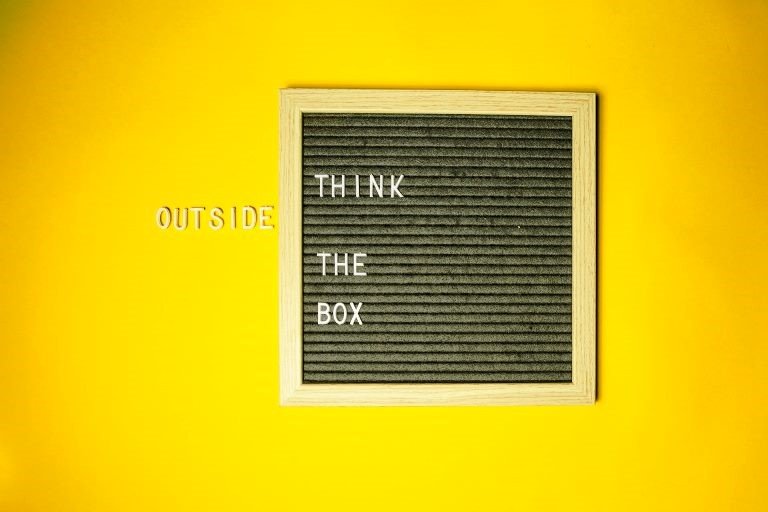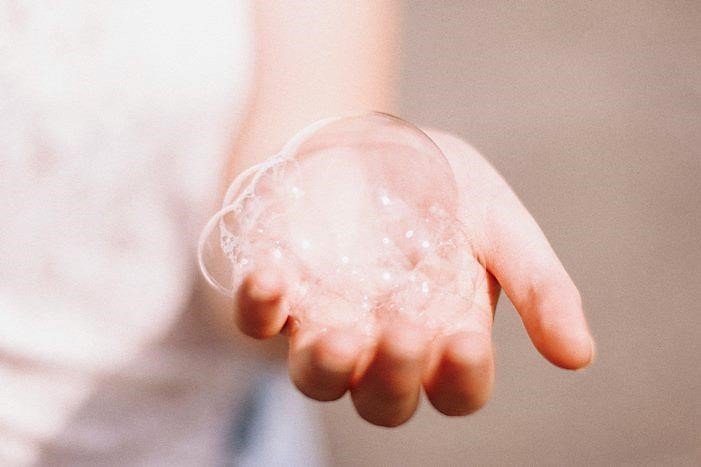
by Fern Shaw | Apr 15, 2022 | aquaid, Water, water cooler
In spite of what has almost become an AquAid tradition of writing an Easter themed blog and the role water plays at this time of the year, we’re constantly amazed there is more to discover out there with an (usually traditional) Easter/water connection. As well as other unusual traditions and events that is.
In previous blogs, we referred to traditions such as in Switzerland, people decorate wells and fountains leading up to Easter. Decorating a well symbolises the honouring of water, which is essential for life, and Easter, the feast of renewed life.
In another, we looked at where every Easter, hundreds of thousands of Norwegians indulge in crime fiction, known in Norwegian as påskekrim (Easter crime).
This year we discovered ‘l’eau de Paques’, or ‘Easter water’. The purity, healing and restorative powers of any water collected from any moving brook, stream or river in the hours* before sunrise on Easter hearkens back to a Catholic ritual performed in France hundreds of years ago and reaching as far as Quebec, and still performed today.
Egg rolling began in Central Europe and the United Kingdom and in Preston, eggs have been rolled for more than a century and a half. According to a Lonely Planet article Avenham Park, whose grassy slope is the perfect stage for children competing to roll their egg the furthest.
Fireworks are common during midnight church services on Orthodox Easter Saturdays in Greece. But on the island of Chios, Easter is incendiary. Two neighbouring parishes hold an annual competition to fire shots at each other’s steeples. Real cannons were used until the late 19th century, but these days homemade rockets are the ammunition for the town’s annual ‘rouketopolemos’ (rocket war).*
Of course, as AquAid is all things water, health and hydration, we do not recommend beginning a local version of the Easter rocket wars. What we will do is wish you all a peaceful and blessed Easter, however you choose to celebrate it.
*source: article Bangor Daily News
*source: article Lonely Planet

by Fern Shaw | Jan 13, 2022 | Water, water cooler
“You can tune a guitar, but you can’t tuna fish. Unless, of course, you play bass.” – Douglas Adams
With the all-encompassing advent of our world online, I have been wondering for some time now if puns are the things of beauty they once were. Post millennium there are more social media pun dedicated pages than you could shake a stick.
One cannot help but think that if puns are becoming obsolete (by the mere fact that there are just too many of them being churned out to be of any relevance) are the other witty extensions of language also on the slippery slope to obsolescence?
While you ponder this, we’d like you to consider the raison d’être behind the rather pun filled headline of this blog.
As I’m sure you’ve gathered, what we’re asking (a perennial favourite) is are you adequately (AquAidly) hydrated? If not, why not? Is it because you’re unsure of what qualifies as adequate hydration? Well, there we can help.
Being as we are a water and water cooler provider of some 23 years, it’s our business to know all about proper hydration. We’re constantly checking to ensure that we’re up-to-date about all things drinking water related.
One of the ways that we pass on this information to you, dear online reader, is by providing a quick reference guide at our website. That’s here.
Aside from that, we have over 22 AquAid branches throughout the UK, staffed by highly experienced water knowledgeable teams who are well equipped to provide you with the best water provision solution – tailor-made to suit your hydration requirements.
We can’t, of course, make you hydrate properly as that’s certainly up to you. We’re also not using the terms – lead-horse-water-drink in here, perish the thought – but we are hoping that you recognise for your own health and well-being how important it is to make sure that you are aware that in order to perform at your peak -whether at work, school or play – you need to be adequately (AquAidly) hydrated.
We would love to be able to assist. Contact us today.

by Fern Shaw | May 19, 2020 | Water, Water Coolers
During these rather unprecedented (for many) circumstances, it’s natural that we tend to focus on what we aren’t able to do: can’t this, can’t that and the list goes on.
As the saying goes, when all else fails, opt for simple (okay, there’s no such saying, but adapt we must). Here at AquAid Water Coolers, we took the image seriously and came up with a few options that for the most part, cost nothing but offer much reward:
Soak up the sun. Disclaimer: although this blogger cannot predict the weather, news suggests that this week we may expect temperatures as high as 26°C. (not so much in the North though … sorry about that!)
Revisit your favourite TV shows. From Rick Mayall through to Ricky Gervais, there’s nothing more therapeutic than a good ol’ belly laugh.
Build that model craft. Or planet (Lego Deathstar of course) or car, or dinosaur.
Plant something. Then tend to it, water it and watch it grow.
Have a conversation that isn’t a Zoom meeting. Call your furthest and dearest and have a good ol’ catch up.
Discover a new route. Try a different route while taking your outdoor exercise.
Increase your water intake. For real. Now, even more so, it doesn’t matter that you may need to pop to the loo so many times.
Relish the moment. Enjoy the time afforded: whether it’s wearing comfy, fluffy socks; brewing the best cuppa ever; cheat sleeping in for an extra half hour / hour or even longer (you little rebel, you) or diving into those books and reading for hours undisturbed.

by Fern Shaw | Mar 25, 2020 | Water, water cooler
As we are all no doubt aware, washing our hands repeatedly and thoroughly is of paramount importance in ensuring one’s safety and health. If you are still unaware of this vital act of self-care and care of others, there is a definitive video on the NHS website.
There are also a number of video clips across social media, some accompanied by songs or suggestions for songs to sing while you spend at least 20 seconds washing your hands properly. This can only help create interest especially if you need to illustrate to children how to wash their hands regularly. For the adults, we quite like these suggestions by tweeter Jen Monnier.
Of course, with all this hand washing, we still need to ensure that we protect our skin too, so we’ve compiled a list of suggestions on how to protect your hands before and after washing:
- Try to avoid rubbing your hands dry. Rather pat them dry. The best option is air dry; however, this may take some time especially in cold weather.
- According to the CDC, washing your hands in cold water is as effective as in hot water, so to further lessen harming your skin as well as reducing skin irritation, wash your hands in cold water.
- If possible, rather use a hand cream instead of a body lotion.
- Remember to sanitise the container of whichever cream or lotion you’re using before opening it to apply cream or lotion. To simplify this procedure, try to make sure that you have a lotion that only you use.
- It’s also worthwhile to keep in mind that moisturising our skin begins internally (read more about that here) so while you take care to moisturise your hands post washing it’s just as important to make sure that you maintain good drinking water habits. Drinking water remains one of the best methods of keeping yourself healthy and better able to stave off possible infection.

by Fern Shaw | Mar 19, 2020 | Water, water cooler
If you’re used to the buzz and busy of the office, school or workspace, adjusting to working from home can take some getting used to. Here are a few practical tips guaranteed to keep the productivity up and you on track:
Tidy up your home – you wouldn’t work in an untidy environment elsewhere so it should be the same at home.
Don’t work from your bed on your laptop. That route is a guaranteed non-starter.
Dress as if you’re off to work. No pj’s at your desk.
Create a defined workspace, if possible in a separate room and if you aren’t home alone, close the door.
Get up as early as you would have if you were still commuting to work. Use that commute time (unless you’re under quarantine) to go for a walk. The exercise and fresh air will contribute to your feeling of well-being and being prepared for the day ahead.
If you have pets that enjoy walks, walk them – they will benefit from the exercise as much as you will.
Invest in a decent chair (or borrow yours from the office if permitted).
If your type of work allows and/or your family/children are home, wear headphones.
Make sure your family and friends understand you are working, so no popping in during working hours.
Don’t snack at your ‘desk’. Eat proper meals at designated times away from your work area.
As always, maintain good hydration habits. Although you may not have the convenience of water cooler breaks at home, make sure that you replenish your water as often as you would at work. Good hydration habits can only contribute to your health and well-being.
Set a schedule and stick to it.
Unless you work in social media, stay off it. That said, there’s no harm in creating an online work community so you are all still connected.
Do not switch on the telly. I repeat, do not switch on the telly.

by Fern Shaw | Dec 6, 2019 | Water, water cooler
During some recent research I was quite amazed and impressed with the extensive scope of our brain function. What was even more surprising was how something as simple as increasing our water consumption has a radical and almost instantaneous positive effect on brain function.
So impressed in fact, that I’ve written a small series around the subject, because as we know, knowledge is power and if we’re well informed, we increase our ability to take better care of ourselves.
Here are a number of examples of brain power and how drinking water keeps these operations functioning at capacity:
Memory
- *Every time you recall a memory or have a new thought, you are creating a new connection in your brain.
- Memories triggered by scent have a stronger emotional connection, and therefore appear more intense than other memory triggers.
- While you sleep at night may be the best time for your brain to consolidate all your memories from the day. Lack of sleep may actually hurt your ability to create new memories.
Brain Function
- *Your brain uses twenty percent of the total oxygen in your body.
- If your brain loses blood for eight to ten seconds, you will lose consciousness.
- While awake, your brain generates between ten and twenty three watts of power – or enough energy to power a light bulb.
- The old adage of humans only using ten percent of their brain is not true. Every part of the brain has a known function.
Psychology of Your Brain
- *You can’t tickle yourself because your brain distinguishes between unexpected external touch and your own touch.
- The connection between body and mind is a strong one. One estimate is that between fifty to seventy percent of visits to the doctor for physical ailments are attributed to psychological factors.
A clear case then to encourage you to drink enough water to ensure that your wonderful, hard-working brain continues to be able to carry out its myriad functions at capacity. With this in mind, remember to make regular trips to the water cooler to refill your water container. Your happily hydrated brain will thank you.
*source: from an article at Mercola






